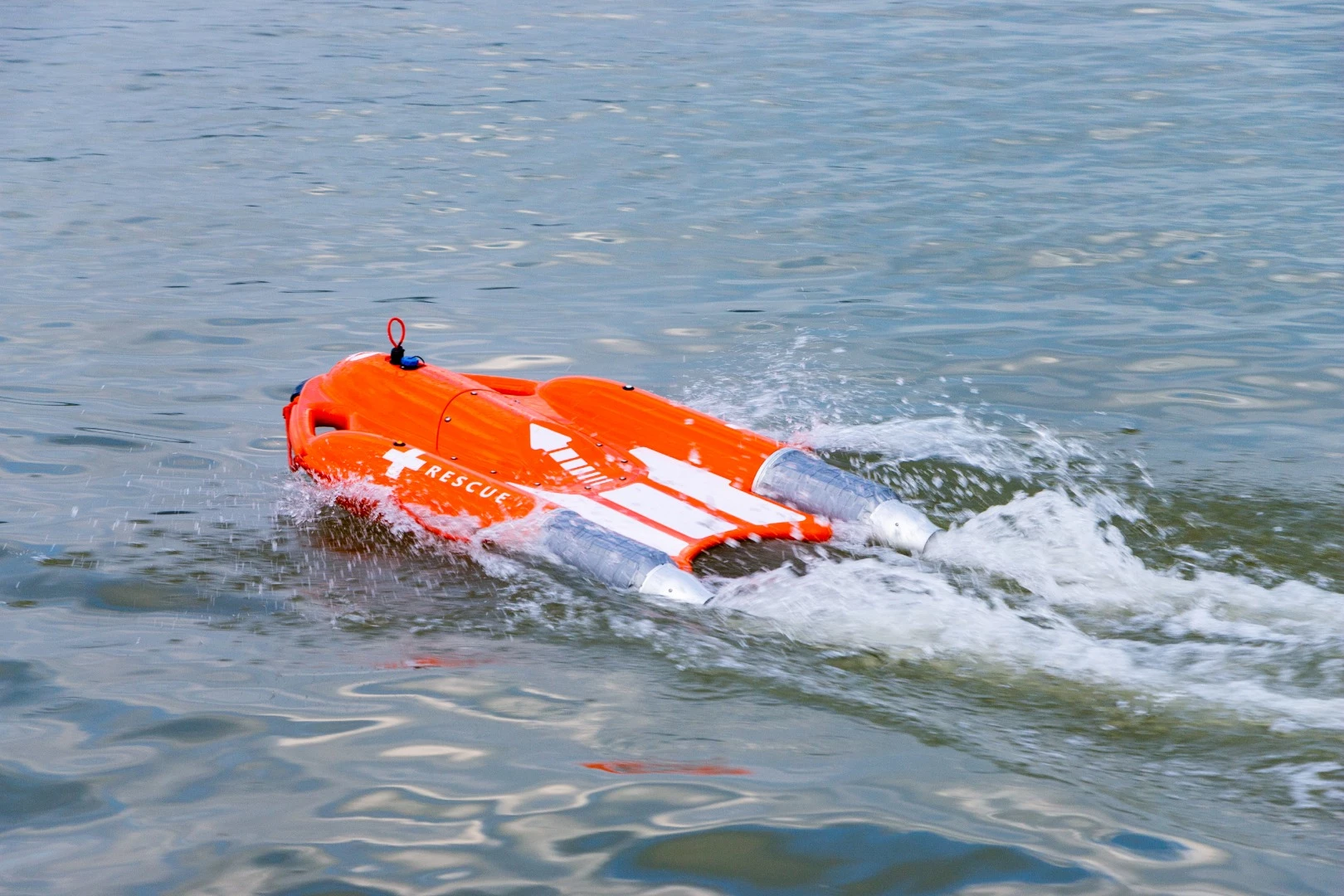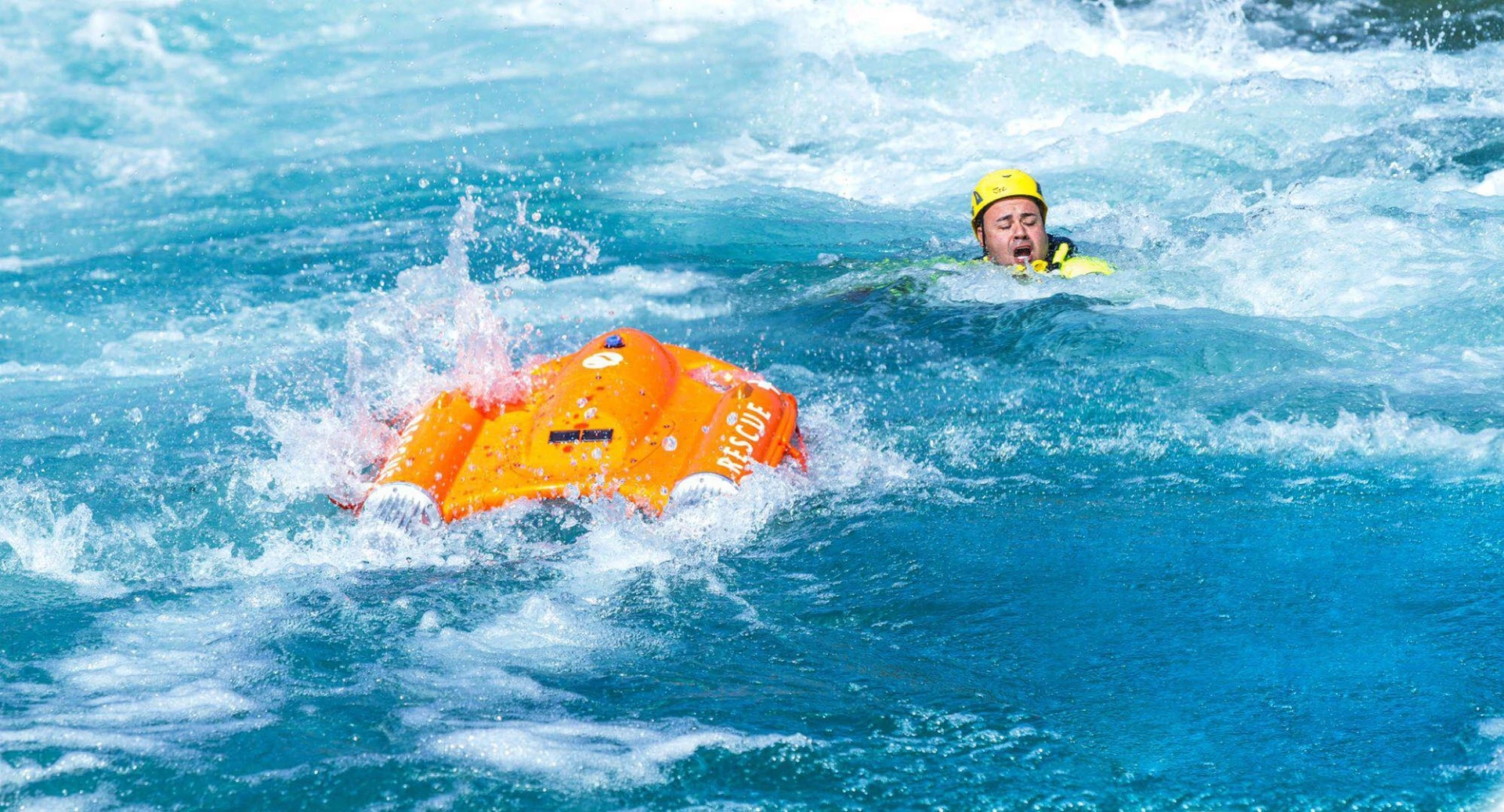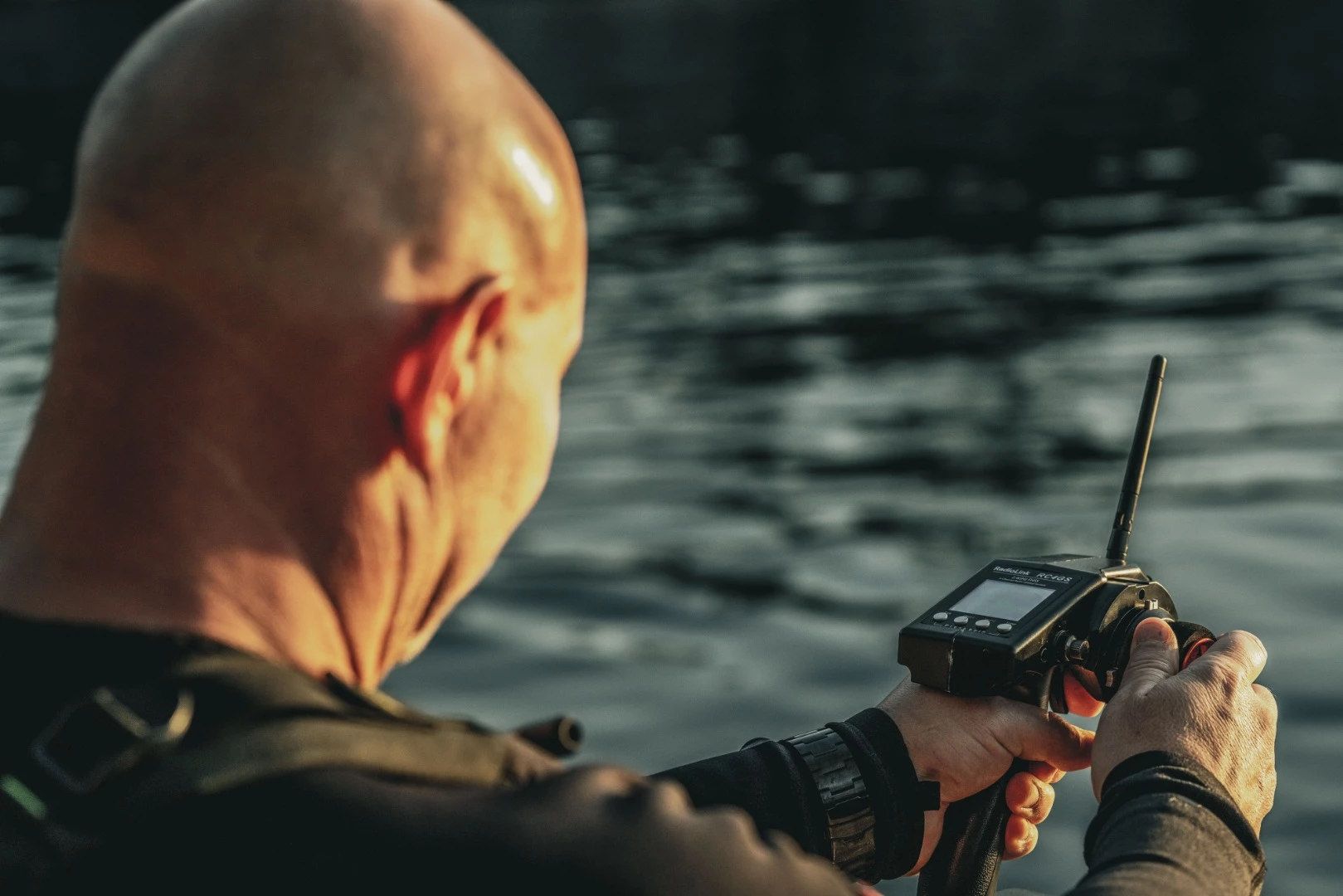Time is critical when rescuers are alerted to a swimmer in trouble, a surfer who's taken a dive or a yacht guest who has fallen overboard. We've seen a number of crafty assistance devices over the years that are designed to help keep waterbabies afloat, such as the life preserver-dropping Pars flyer and the U-Safe from Noras Performance. The Dolphin 1 Smart Lifebuoy operates in a similar fashion to the latter, being thrown in the water and then propelling itself out to the person in distress.
When an alert is raised that a swimmer is in trouble, the rescue team can toss the Dolphin 1 in the drink. From the water's edge, the motorized lifebuoy can then be powered on in the water using a handheld remote and directed to where it's needed. Wireless operation range is reported to be up to 500 m (1,640 ft), and if the rescue craft is overturned by choppy waves, the remote operator can easily flip it back over from afar.

The bright orange plastic hull has a bumper to front to minimize accidental impact injury and two fog lights in case of poor visibility. Each of the two propellers is enclosed in metal casing to shield them from the flailing arms of victims, and to make sure they don't get tangled up with debris or trailing plants.
Max speed is 15 km/h (9.3 mph) and battery life per charge is 30 minutes. It's designed to be big enough so that an exhausted swimmer can lay on it like a bodyboard, grab hold of the ropes around the edge or the carry handles at the nose and be brought safely back to shore.The 115 x 83 x 21 cm (45 x 32 x 8 in) remote-controlled lifebuoy tips the scales at 13 kg (28 lb) and could also transport a lifeguard out to a someone in trouble and keep them both afloat until a rescue boat arrives.

Hong Kong-based OceanAlpha has announced that the Dolphin 1 has now entered mass production, and is available for a suggested retail price of US$8,500. You can see it in action in the video below.
Product page: Dolphin 1











